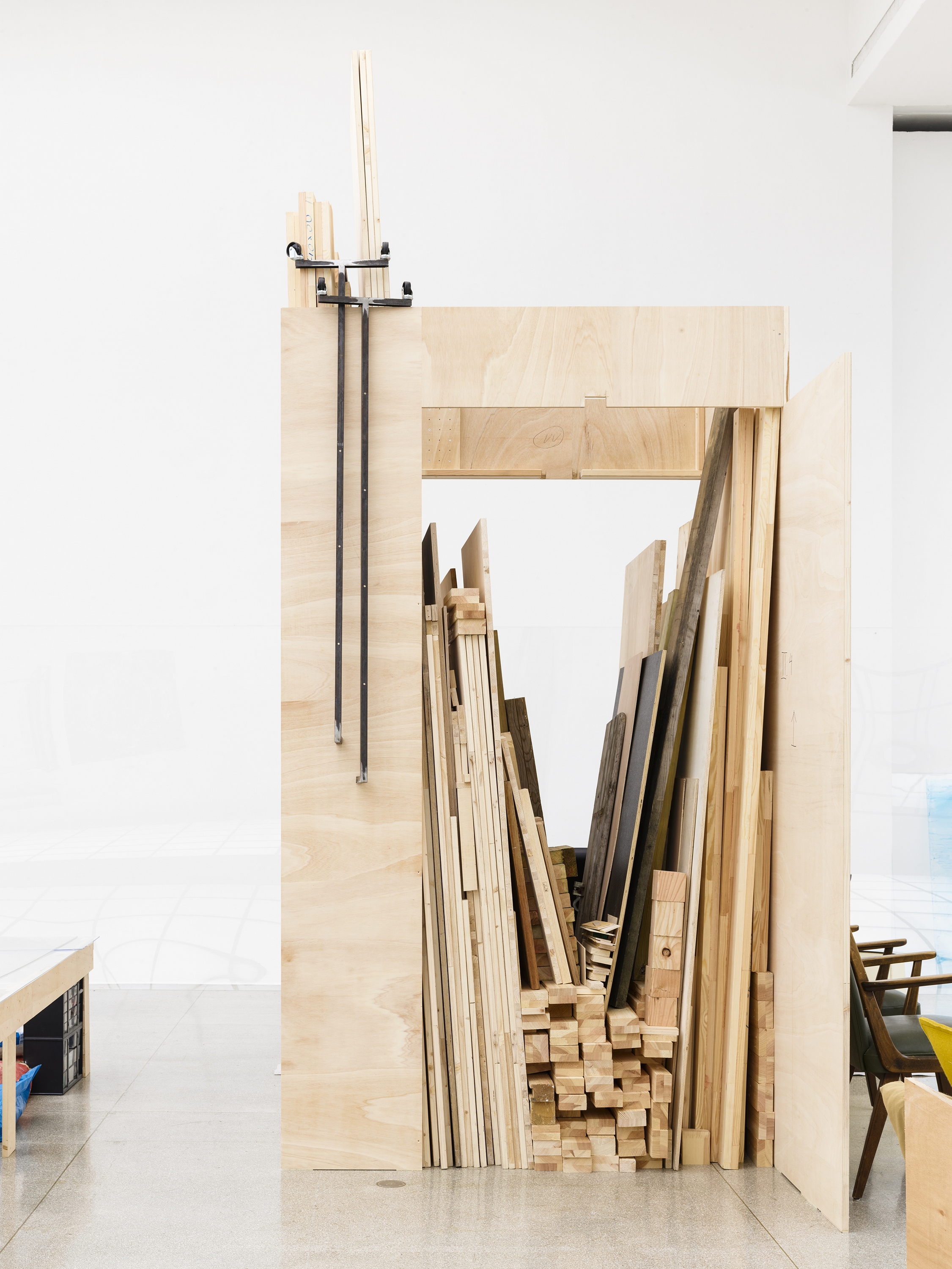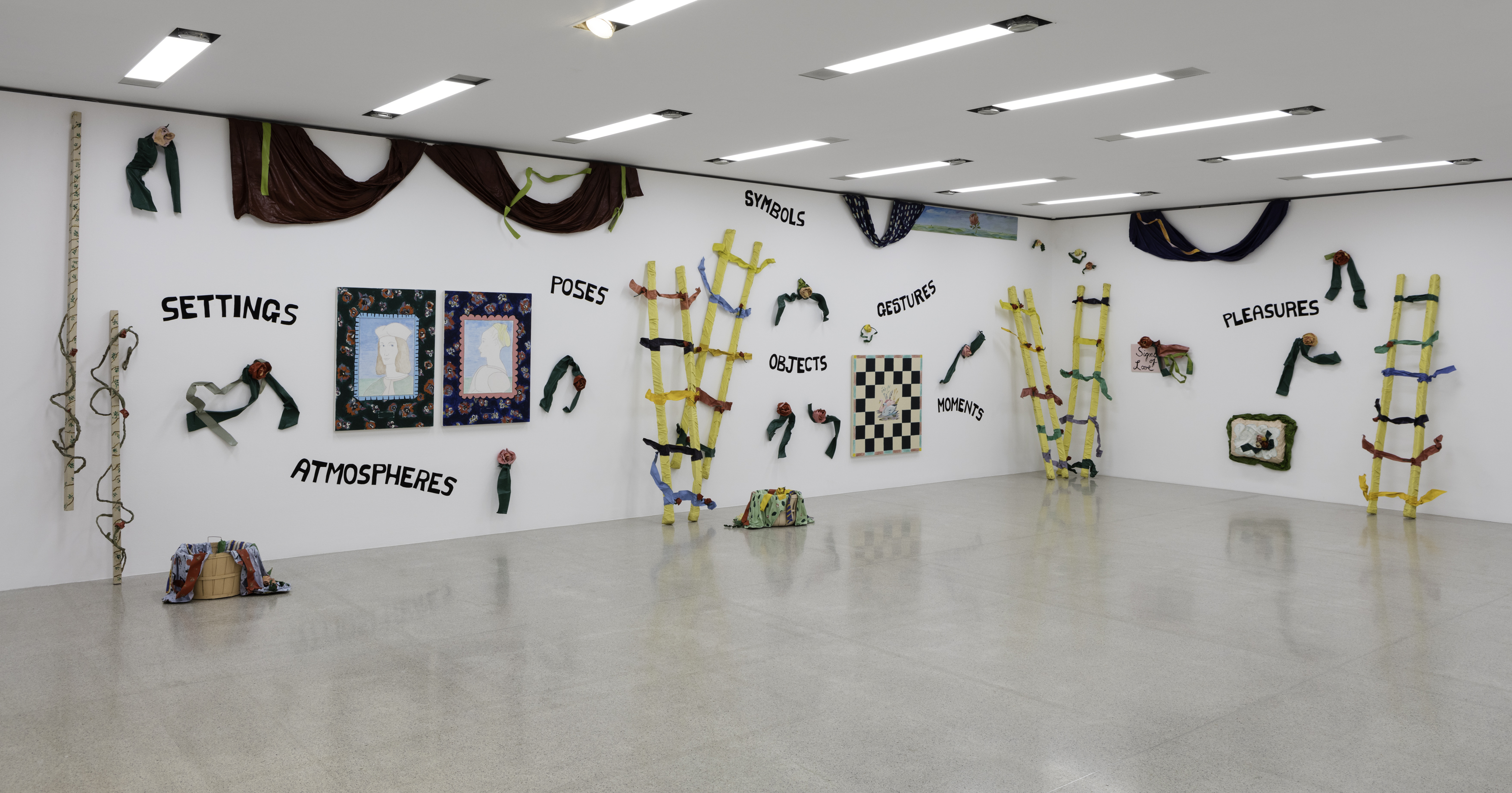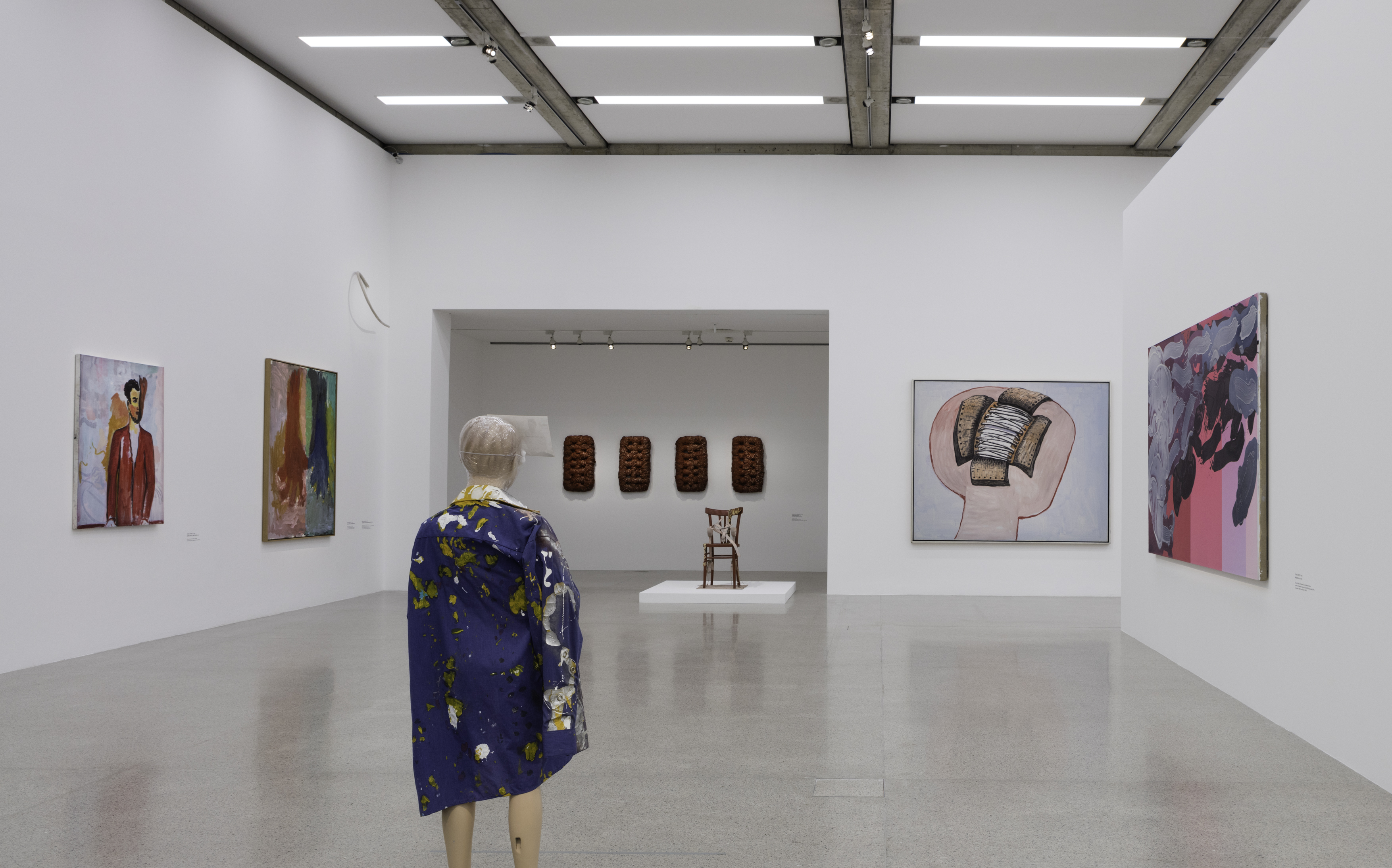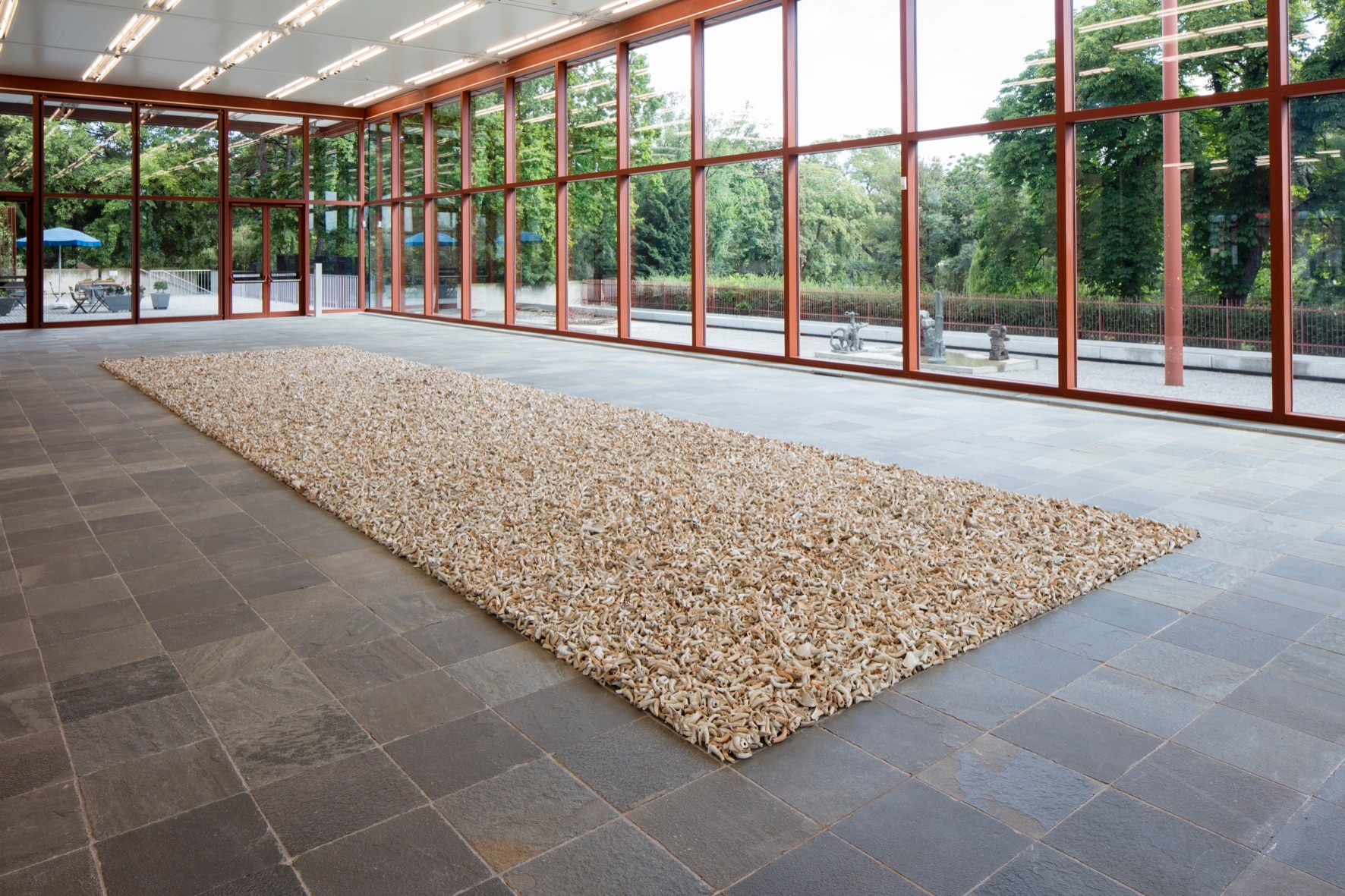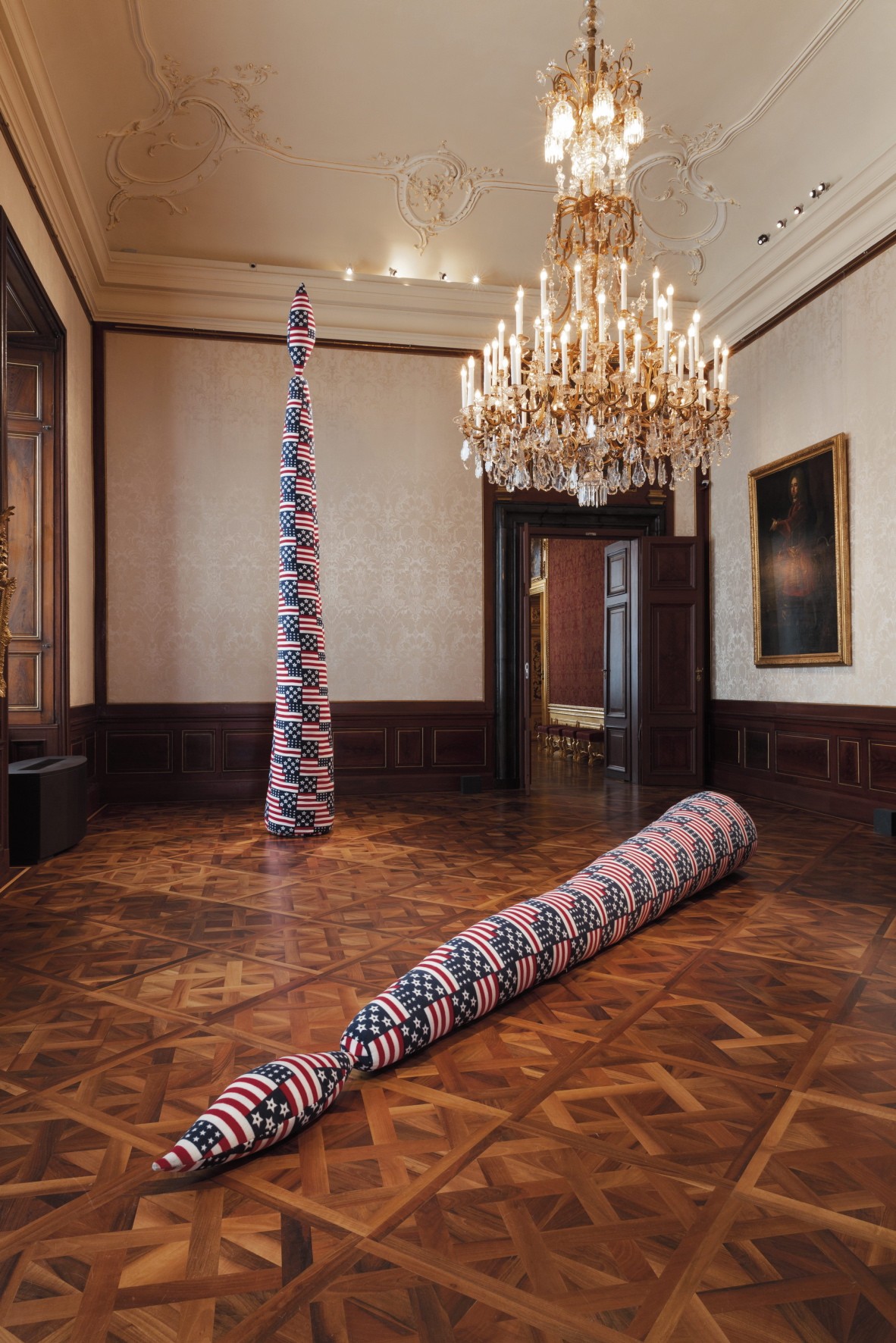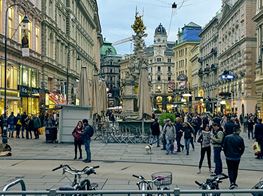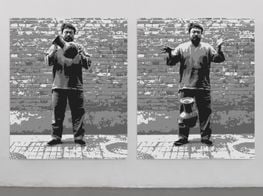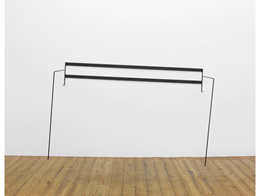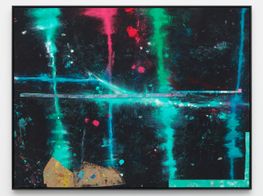Vienna: Institutional shows to see during September 2016
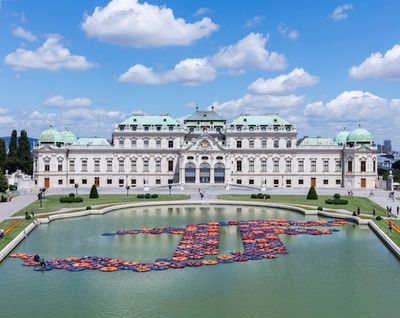
Image: Ai Weiwei, F Lotus, 2016. 1005 life vests, PVC, polyethylene foam, 4,876.5 x 4,700 x 7.5 cm. © Ai Weiwei Studio, Photo: © Belvedere, Vienna.
Known as one of the world's great centres for nurturing the contemporary visual arts, Vienna is also generally renowned for displaying a strong cultural reverence backed by visible public support from arts funding bodies. Admiration for historical artistic content, in conjunction with this drive to encourage the new, permeates the city and it cannot go unnoticed.
September, it seems, for the Austrian capital is a month dedicated to contemporary art. Now in its second edition, viennacontemporary art fair (22 - 25 September 2016) is Austria's leading art fair and continues to evolve and expand under the artistic direction of Christina Steinbrecher-Pfandt. The timing of the fair also conveniently dovetails with Vienna Design Week, which kicks off at the end of the month.
As the art world descends upon the metropolis, a visit to viennacontemporary must be accompanied by a trip to the city's renowned art institutions.Rachael Vance summarises her top selection of must-visit exhibitions in Vienna open during the fair.
Secession
Thea Djordjadze, To be in an upright position on the feet (studio visit), until 01 November 2016
Yto Barrada, The Sample Book, until 1 November 2016
Mounting over 20 exhibitions each year, the Secession is known for its strong contemporary art presentations which focus upon the historic avant-garde. It was established by the art association founded by Gustav Klimt in 1896, and Klimt's seminal 34-metre long Beethoven Frieze, (1901) is displayed in the basement of the Art Nouveau building.
Currently on view is an exhibition by Berlin-based Georgian artist Thea Djordjadze. Having shown recently in New York at MoMA PS1, Djordjadze is known for sculpture and installation art that references tensions between material and forms. For the exhibition To be in an upright position on the feet (studio visit), the artist stages an installation based on the relocation of her studio. Djordjadze transforms a private workplace into a sculptural mise-en-scene that is arranged into various zones in which each object and piece of furniture is ordered in rows and scrutinised for its purpose, function and position. Viewers are encouraged to inspect the artist's dislocated domain: one that conveys an emptiness, devoid of human presence.
Also on view is a presentation by the 2011 Deutsche Bank Artist of the Year, Yto Barrada. Titled, The Sample Book, the exhibition is influenced by the Moroccan-French artist's study of fossils in her home country. Barrada presents a playful investigation which references paleontological excavation sites that have given rise to 'dinosaur tourism' in North Africa, a form of 'survival economy' for locals in order to make a living from visitors to the region. Diagrammatic imagery, patterned wallpaper, books, colour charts, museological displays, embroidery, sculpture and film are exhibited across various rooms which touch on key themes of classification and pedagogy, engaging with the artist's sampling of her own heritage.
mumok
Painting 2.0: Expression in the Information Age, until 06 November 2016
Positioned within the Museumsquartier art precinct in the district of Neubau, the Museum moderner Kunst Stiftung Ludwig Wien—better known as mumok—holds the title as the largest art museum within Central Europe dedicated to Modernism and beyond. The bold grey stone structure houses a collection of international and Austrian contemporary art with a focus on Fluxus, Pop art and Actionism. From the permanent collection, visitors can expect to see a selection of works by key artists such as Pablo Picasso, Josef Albers, Andy Warhol, Franz West, Cindy Sherman and Andreas Gursky.
During viennacontemporary, mumok presents the exhibition Painting 2.0: Expression in the Information Age until 6 November. In its second incarnation—mumok co-produced the show with the Museum Brandhorst in Munich earlier this year—the highly ambitious presentation includes over 200 artworks by more than 100 artists. Using the redefinition of painting within the context of the expansion of digital technologies as a point of departure, the exhibition presents the continued relevance of this mode of artistic expression in contemporary art.
Transcending strict chronological categorisation, the exhibition is demarcated by three chapters: 'Gesture and Spectacle', 'Eccentric Figuration' and 'Social Networks'. Highlights include: Martin Kippenberger's installation Heavy Burschi, (1989-90),Philip Guston's Head, (1977), Gustave Courbet's ubiquitous, yet iconic_L'Origine du monde_, (1866), and inclusions byYves Klein, Maria Lassnig, Keith Haring, and Seth Price.
Kunsthalle Wien
Béton, until 11 November 2016
Nathalie Du Pasquier,BIG OBJECTS NOT ALWAYS SILENT, until 06 November
Also situated in the Museumsquartier, the Kunsthalle Wien's exhibition_Béton_ (translates to 'concrete' from the French) runs until the 11th of November 2016. Paying tribute to the composite material of concrete, the show presents this specific paradigm in broad terms, beyond what is often considered a mere construction substance.
Curated by Vanessa Joan Müller and Nicolaus Schafhausen, the dynamic exhibition emphasises the progressive possibilities of concrete through a range of media. Social and ideological implications of visionary concrete architecture are also presented; predictably photographs and films depicting iconic Brutalist style architecture are included that explore specific design detailing and construction techniques. An apparent renaissance of concrete within contemporary art is also shown through the work of artists such as Isa Genzken, Cyprien Gaillard, Thomas Demand and Olaf Metzel, among others.
In tandem, the Kunsthalle Wien is also showing a solo exhibition by French artist Nathalie Du Pasquier comprising a cacophony of colour and form, entitled_BIG OBJECTS NOT ALWAYS SILENT._ It runs until 20 November 2016.
21er Haus
AI WEIWEI translocation — transformation, until 20 November 2016
Regarded as an innovative art space, the 21er Haus — Museum of Contemporary Art concentrates on Austrian art from the 20th and 21st centuries, placed in an international context. Since 2011, the 21er Haus has housed the Belvedere Museum's contemporary art collection within the walls of the immediately recognisable sleek pavilion, while hosting an array of international exhibitions.
During viennacontemporary 21er Haus holds one of the biggest blockbuster exhibitions in Vienna: AI WEIWEI translocation — transformation. The highly recognised Chinese artist and political activist is best known for his ability to spark dialogue about universal topics through the calculated presentation of various media. In his exhibition at 21er Haus—which represents his first major solo exhibition in Austria—the main exhibition hall is dominated by the 14-metre tall installation Wang Family Ancestral Hall (2015). Consisting of 1,300 wooden pieces the commanding work stands as an accurate reconstruction of an ancestral temple from the late Ming Dynasty (1368-1644) and pays homage to the Wang family who were expelled.
A work on the museum's floor, Spouts, (2015) consists of 100,000 antique ceramic teapot spouts from the Song to Qing Dynasties and references Chinese tea culture. The exhibition continues outdoors to the grounds of the Upper Belvedere in the work_F Lotus,_ (2016). The sculpture, made from used life jackets mounted on disc-like shapes, floats like a lotus on the water of the Baroque ponds and engages directly with current refugee issues.
Winterpalais
Sterling Ruby, until 16 October 2016
Winterpalais (also known as 'Vienna's Golden Palace') should be a must-see on anyone's list. Housed within the original stately residence of Prince Eugene of Savoy, the richly decorated Baroque building makes for a striking backdrop for encounters with contemporary art.
Heralded as one of the most influential artists of his generation, Sterling Ruby works with a multitude of materials. The American artist's painting and installation based practice involves both an investigation of materiality and a philosophical engagement resulting in commanding works that make bold statements.
Curated by Mario Codognato, the show at Winterpalais includes works created over the last decade including well-known ceramic, bronze, steel and urethane sculptures. In contrast, the loose forms of his fabric 'soft sculptures' engage with histories of handicrafts such as sewing and quilt-making. Upon closer inspection, recognisable patterns such as the American flag in CANDLE (5650) (2015) and intestinal-like forms, have a disconcerting edge. Other 'soft sculptures' made from distressed and bleached jeans are suspended like mobiles alongside a new series of tapestries. The exhibition runs until the 16th of October 2016. —[O]


